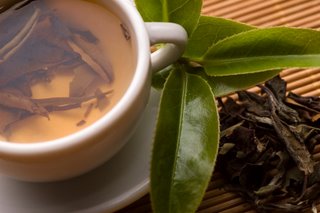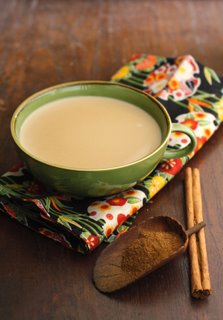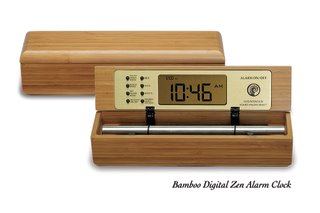
enjoy a tranquil cup of tea
Tea, a beverage derived from the plant Camellia sinensis, represents a sense of ceremony, history, and tranquility to people around the world. The practice of making a good cup of tea and learning about tea’s history are gaining popularity in the United States as people recognize both the physical and mental benefits of incorporating the art of tea into their daily lives.
Historically reserved for society’s upper echelon and closely connected to religious practices, tea ceremonies have been adopted by many cultures and adapted to fit various lifestyles. Today tea is the world’s most popular beverage next to water. And although schools of thought differ on the art of tea, most agree that, at the root, a good cup of tea begins with the leaf, a deep breath, and a few moments of quiet.
“The entire event of brewing and drinking [tea] can have a beneficial effect on your health and mental well-being,” says Jane Pettigrew, author of several books on the art of tea, including The Tea Companion: A Connoisseur’s Guide (Macmillan, 1997). “Tea calms and focuses you.”
The quiet elegance of the tea ceremony—both the ritualistic and formal Japanese tea ceremony and the more social Chinese version—speaks for itself. The simplicity of the ceremony, whether performed in a traditional teahouse or at home, imparts a unique sense of serenity while it opens a door to another time and culture. A growing number of people who appreciate the history and grace that tea brings to their lives have created tea rituals of their own. “Everyone develops his or her own tradition,” says Stephanie Klausner, owner of Red Crane Teas in Denver. “Ceremony is what you make it.”

the art of tea
In general, tea ceremonies provide an opportunity for the body and mind to focus on one task and release other elements of the day. “It’s a mindful process that brings us back to ourselves,” says tea instructor Donna Roberts Fellman, manager of the TeaCup in Seattle. “It’s a way to create a sacred space in our lives, to take time to stop and be mindful of the process of making a cup of tea.”
Brewing a cup of tea
There are three basic tea categories: black, green, and oolong. They’re all made from the same plant but processed differently. Black tea has been fermented (oxidized) and has a dark color and hearty flavor. Green tea skips the oxidizing and is instead steamed and parched; the flavor is more delicate, and it is light green/golden in color. Oolong, popular in China, is semi-fermented and is a cross between black and green in color and taste. Herbal teas contain no “true” tea leaves but are created from flowers, berries, peels, seeds, roots, and leaves of many different plants.
The thousands of teas available range in price from $4 to $3,000 per pound. Yet even a tea that costs $100 per pound is only fifty cents per cup, making it one of life’s more affordable luxuries. “Nobody ever thinks they like tea until they have a good cup,” says Klausner.
Steeping a pot of tea is a contemplative process that begins with the selection of tea leaves, extends to the preparation of water, and culminates in the experience of holding a warm cup, inhaling the tea aroma, and savoring the tea’s flavor. True tea drinkers discuss the process of making tea with a sense of awe; it is an art form that has been passed from one generation to the next and used as a venue for preserving family traditions. Tea aficionados pay close attention to this art of preparation, which results in a superior cup of tea and provides the mind with a respite from the day’s emotional clutter.
Although a good cup of tea requires a mere ten to fifteen minutes to make, creating that time for pause and reflection represents more than an investment in tea. “It’s a comforting indulgence, a delicacy that’s good for your head and your body,” Klausner says. “It’s what I do for myself.”
adapted from Natural Home Magazine, September/October 2002 by Heather Grimshaw
“The Zen Alarm Clock & Chime Timer‘, uses soothing acoustic chimes that signal it’s time – gently and gradually.
Rather than an artificial recorded sound played through a speaker, the Zen Clock features an alloy chime bar similar to a wind chime. When the clock’s alarm is triggered, its chime produces a long-resonating, beautiful acoustic tone reminiscent of a temple gong.

Bamboo Digital Chime Clock, a Tea Timer
Now & Zen – The Zen Timer and Alarm Clock Store
1638 Pearl Street
Boulder, CO 80302
(800) 779-6383
Posted in Tea Ceremony, Zen Timers